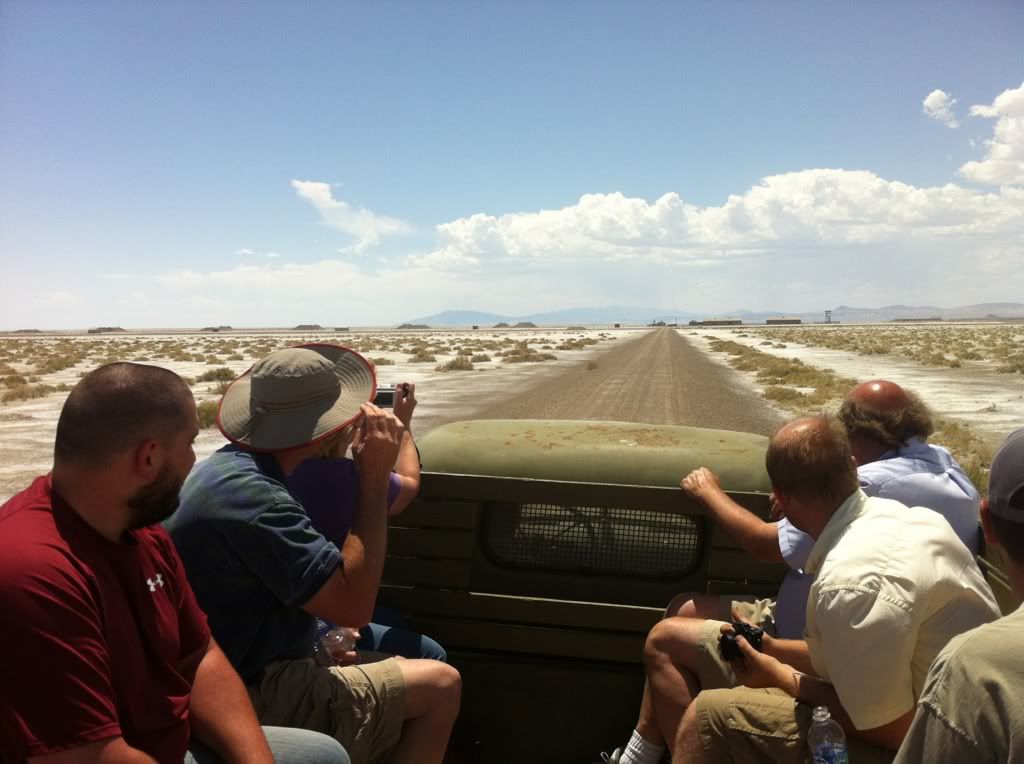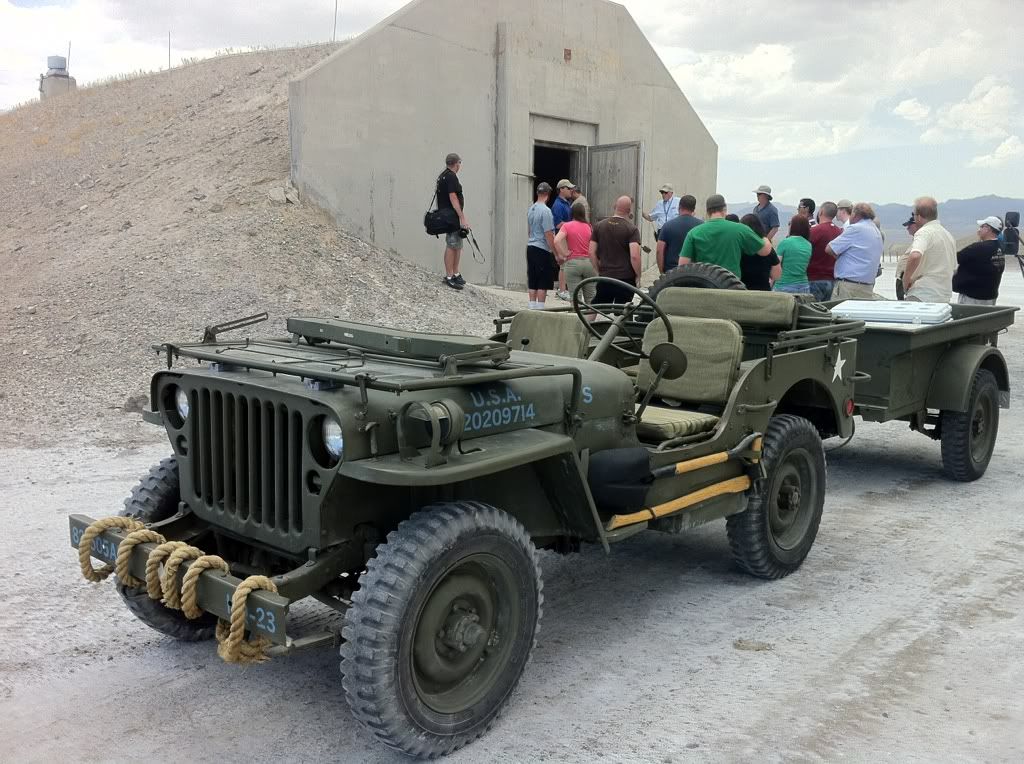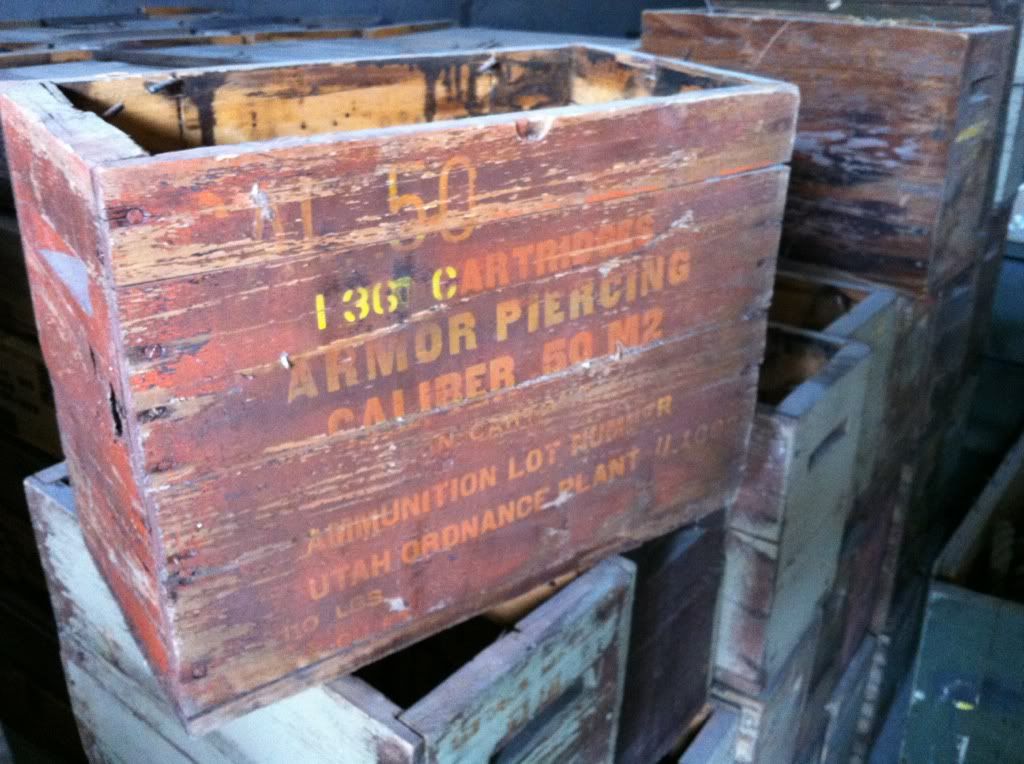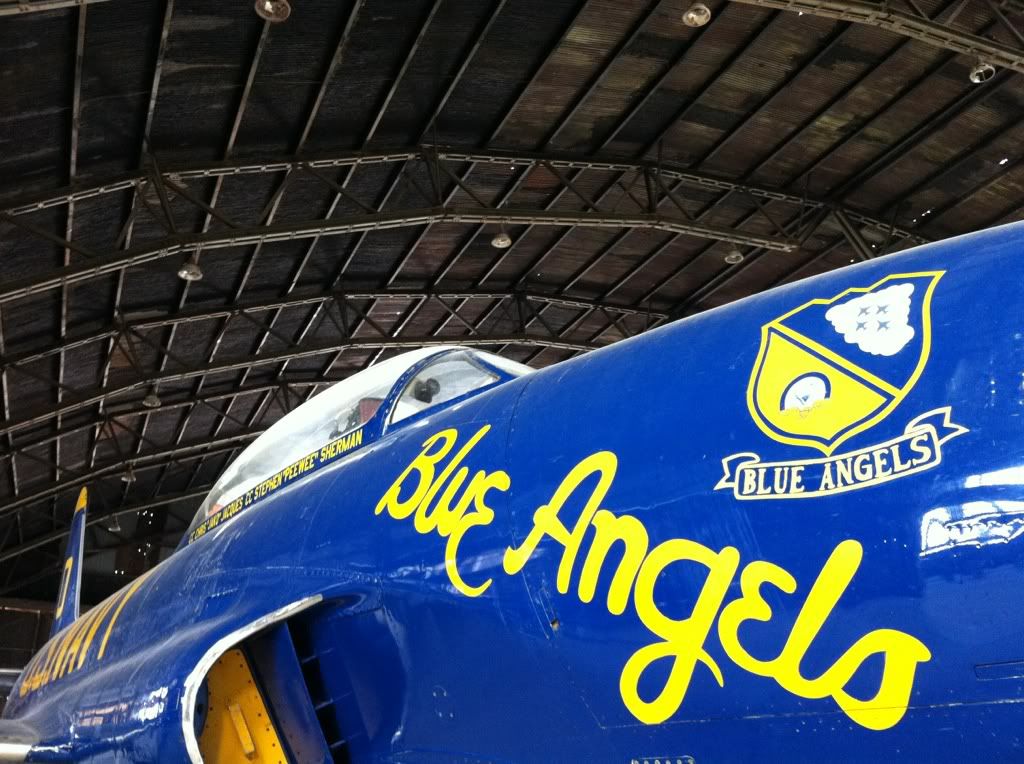- Location
- Never Far From Nowhere
A little background on Wendover Airbase, during the Second World War this was one of the primary locations for training heavy bomber crews that served in the war. Thousands of personnel came through the base to train in B-17’s, B-24’s and finally, the B-29’s of the 509th Composite Group; who dropped the atomic bombs on Japan to ultimately end the war. Wendover is unique in that having been so far away from a major population center, after the war ended it was more or less abandoned in place. It wasn’t converted into a municipal airport, and it wasn’t seen as a logical place to maintain a large, peacetime airbase. So it sat.
Over the decades the weather has eaten away at its buildings. Its been used on and off by the military for various training exercises and experiments. Movies such as Con Air and Independence Day had parts shot here, but by in large, it was ignored and forgotten. This may sound sad, but it now provides us with a rare opportunity to see the most intact example of a WWII era airbase anywhere in the world. A group of dedicated individuals called the Historic Wendover Airfield Foundation headed by the father and son team of Jim and Tom Petersen have been working diligently at piecing together the history of the base and restoring many of the buildings that are left.
Expedition Utah’s tour of the Wendover Historic Airfield on June 2nd started with what anyone planning on spending several hours out in the desert hopes for: mild weather! The sky was mostly clear and the temperature was perfect for being outdoors. We had about 30 people show up for this very unique opportunity to tour all of this historic base.
We began with a short movie giving an overview of the bases history in the museum before we headed into the under restoration Officers Club just across the parking lot. Tom acted as our tour guide for the whole day and was quite passionate about the base and the work going on. The Officers Club is going to get a full restoration and will have a café in it and will be rented out for events. It’s quite an impressive building, and the work that is happening is top notch.
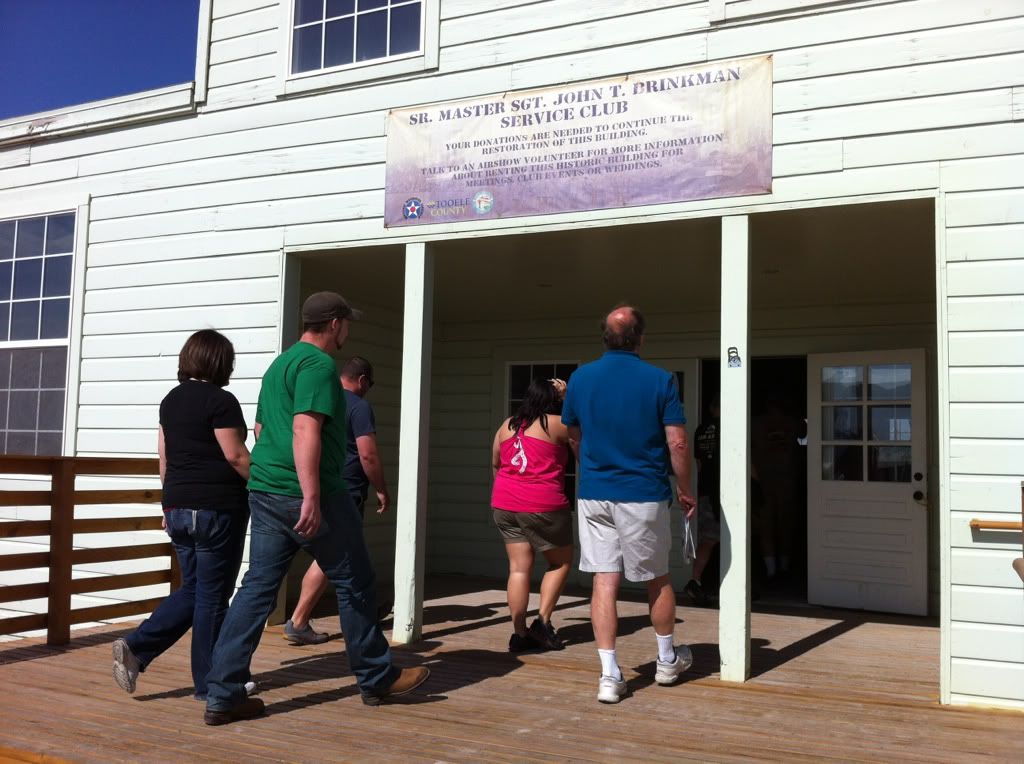
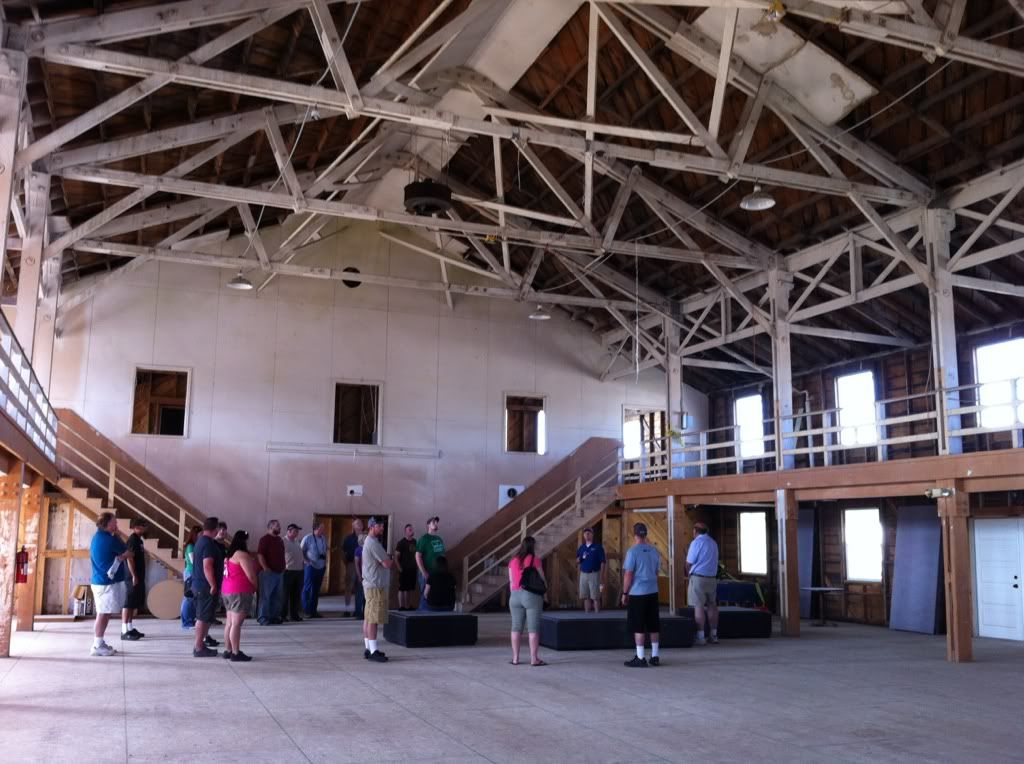
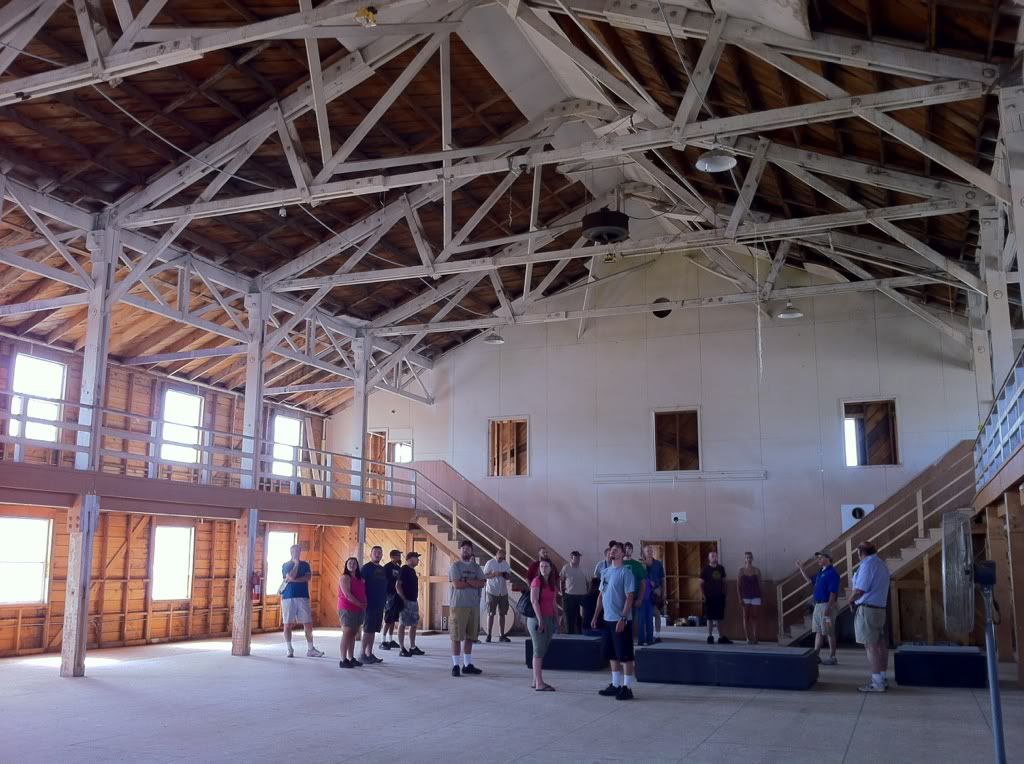
From here we loaded up into what many people said was the coolest part of the tour, a fully restored 1942 Ford GPW and a GMC CCKW, or Deuce and a Half… and a Ford tour van… but lets focus on the first two!

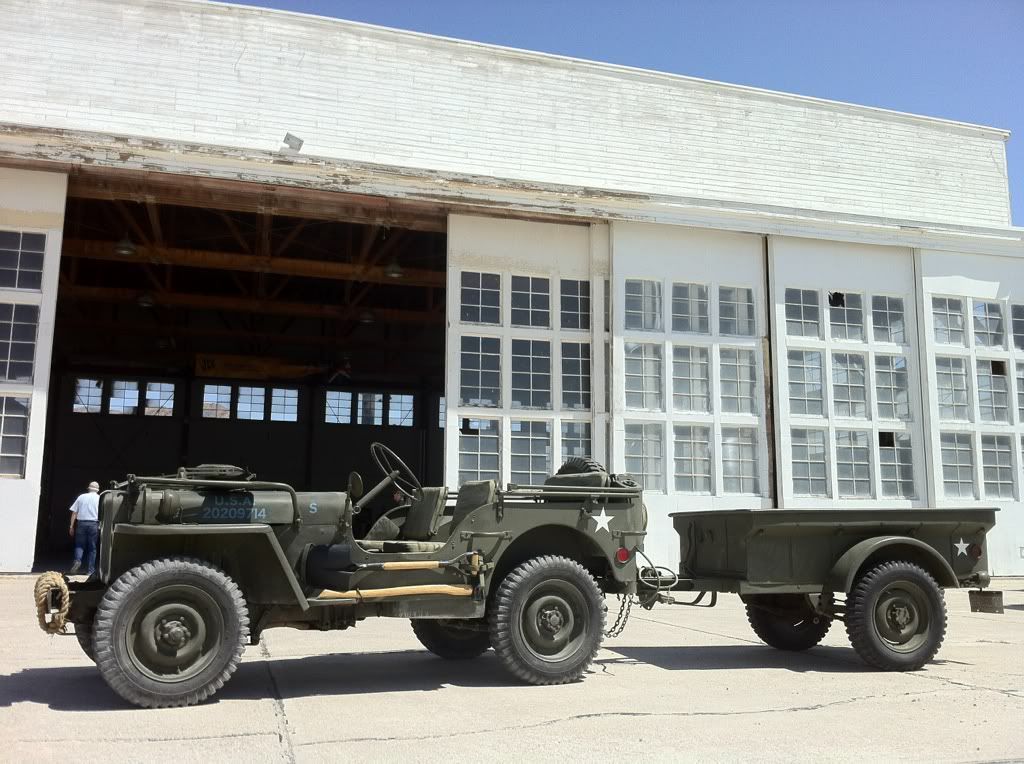

From the Officers Club we bounced around until we made a tailgate jump at one of the enlisted mess halls. During the height of the war there were four of these to serve the 20,000 or so enlisted personnel on the base, this is the last surviving one. It was abandoned at the end of the war, but then renovated slightly in the 1980’s to be used by the US Air Force’s Aggressor Squadron. All along the walls are the painted insignia’s of the various detachments that were based here during that period.



Updated Kitchen!

We then ventured into one of the old barrack buildings, which is now being used by the http://www.clui.org/]Center for Land Use Interpretation[/url] as a gallery.

We remounted our rigs and headed over to what is left of the base hospital and got to look around at what had been the surgical ward, and then wandered around looking at what is stored there now.

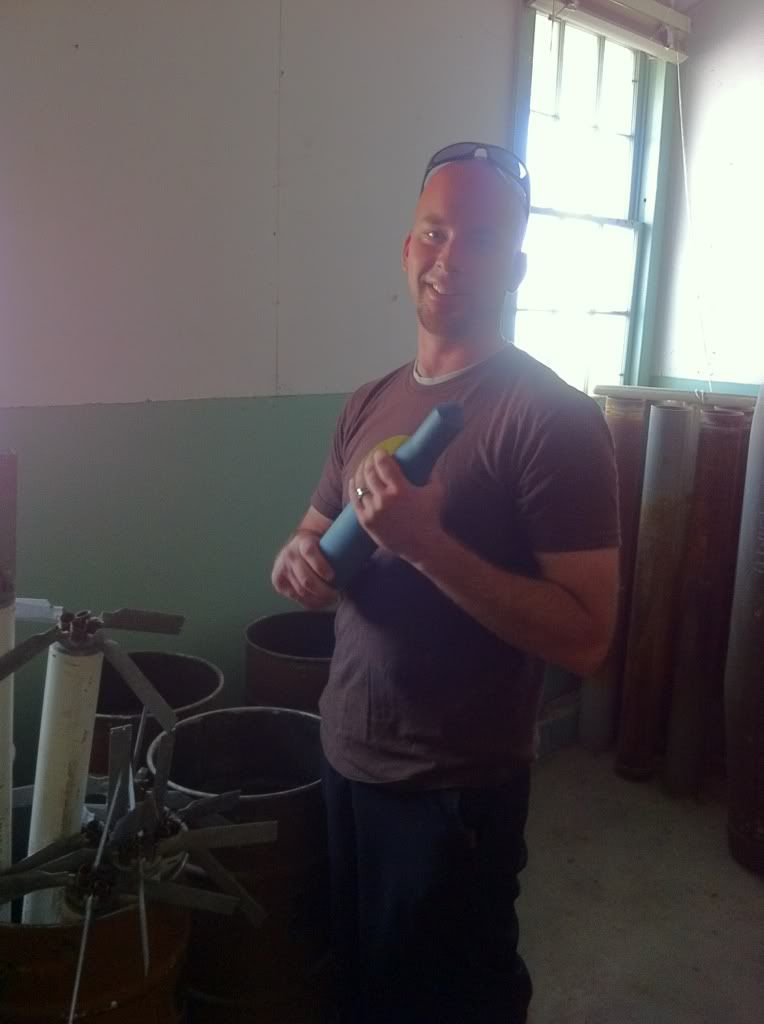
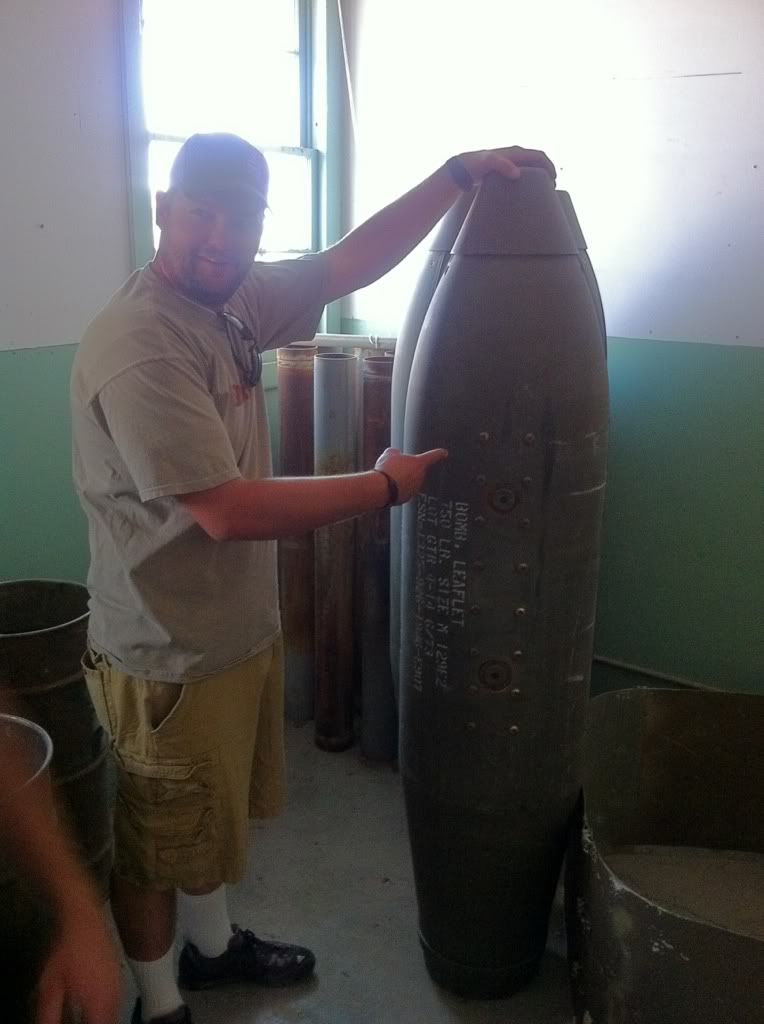
After the hospital we made for what was one of the more interesting buildings on the base, the bombsight storage building. During the war one of the most closely guarded secrets was the Norden bombsight. So before and after each training flight the bombsights were checked out and into this building, which had large concrete reinforced safes, air conditioning and heaters to keeps the bombsights in perfect condition. And a nifty 7up vending machine!
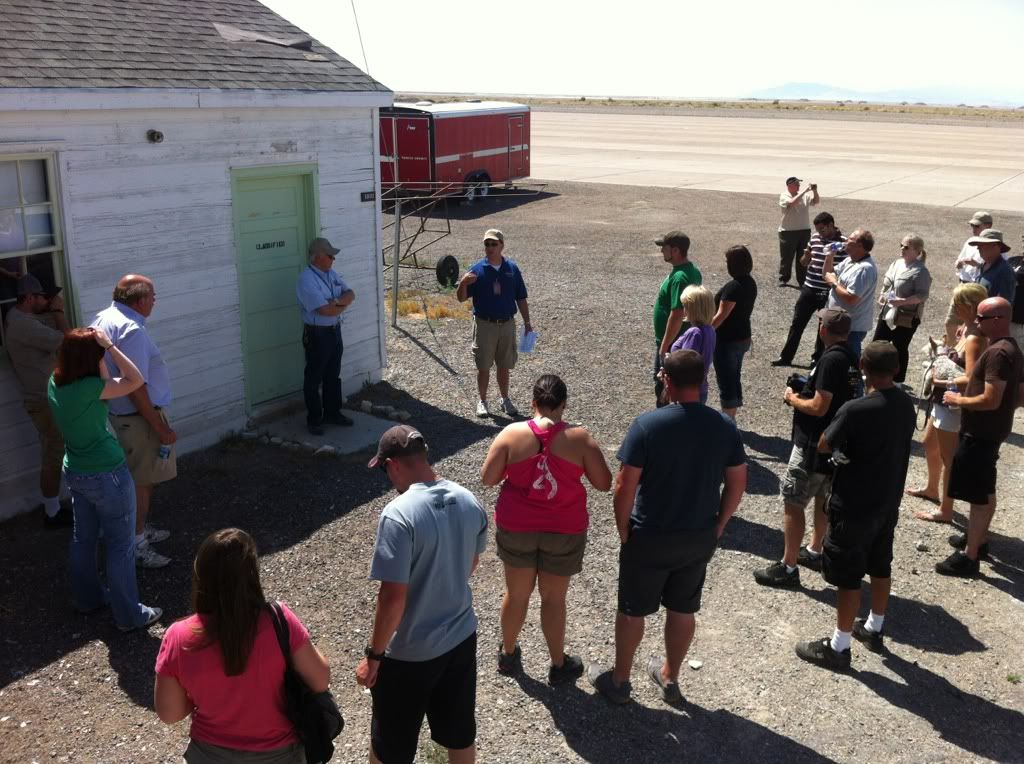


From here we stopped off at a hanger on the flight line to see a F-86 Super Saber that the base recently acquired and is slowly working on restoring. And you know how in most museums they tell you to not touch anything? Well here Jim and Tom encouraged us to hop on the wings for a group photo! Awesome!
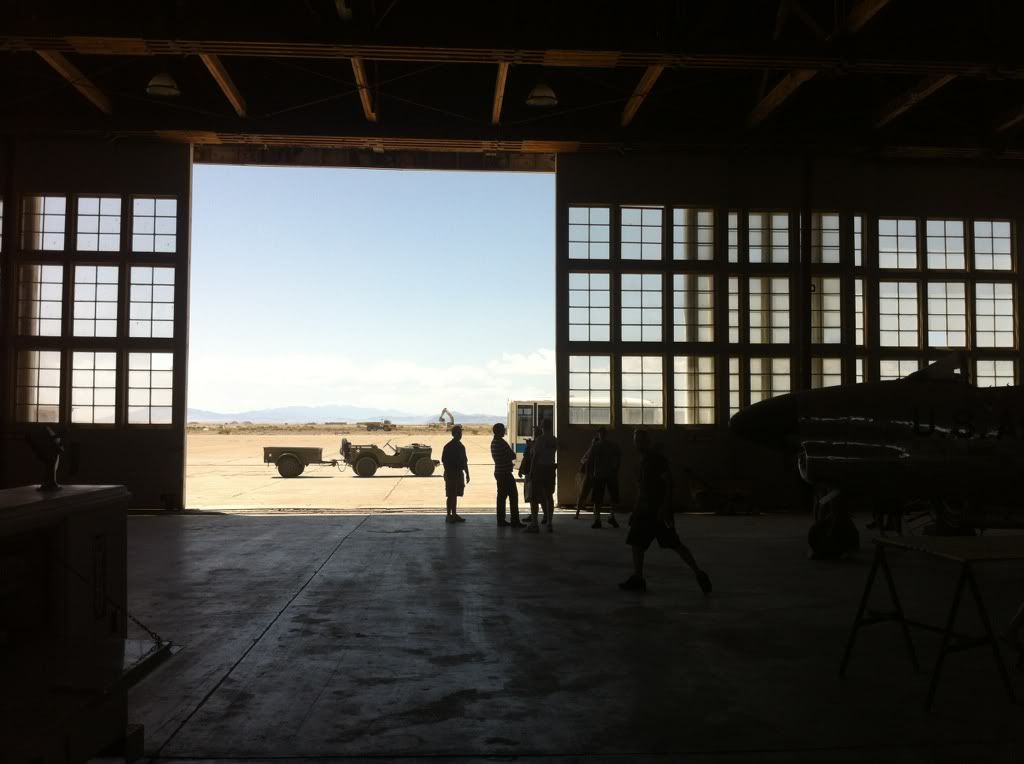

Over the decades the weather has eaten away at its buildings. Its been used on and off by the military for various training exercises and experiments. Movies such as Con Air and Independence Day had parts shot here, but by in large, it was ignored and forgotten. This may sound sad, but it now provides us with a rare opportunity to see the most intact example of a WWII era airbase anywhere in the world. A group of dedicated individuals called the Historic Wendover Airfield Foundation headed by the father and son team of Jim and Tom Petersen have been working diligently at piecing together the history of the base and restoring many of the buildings that are left.
Expedition Utah’s tour of the Wendover Historic Airfield on June 2nd started with what anyone planning on spending several hours out in the desert hopes for: mild weather! The sky was mostly clear and the temperature was perfect for being outdoors. We had about 30 people show up for this very unique opportunity to tour all of this historic base.
We began with a short movie giving an overview of the bases history in the museum before we headed into the under restoration Officers Club just across the parking lot. Tom acted as our tour guide for the whole day and was quite passionate about the base and the work going on. The Officers Club is going to get a full restoration and will have a café in it and will be rented out for events. It’s quite an impressive building, and the work that is happening is top notch.



From here we loaded up into what many people said was the coolest part of the tour, a fully restored 1942 Ford GPW and a GMC CCKW, or Deuce and a Half… and a Ford tour van… but lets focus on the first two!



From the Officers Club we bounced around until we made a tailgate jump at one of the enlisted mess halls. During the height of the war there were four of these to serve the 20,000 or so enlisted personnel on the base, this is the last surviving one. It was abandoned at the end of the war, but then renovated slightly in the 1980’s to be used by the US Air Force’s Aggressor Squadron. All along the walls are the painted insignia’s of the various detachments that were based here during that period.



Updated Kitchen!

We then ventured into one of the old barrack buildings, which is now being used by the http://www.clui.org/]Center for Land Use Interpretation[/url] as a gallery.

We remounted our rigs and headed over to what is left of the base hospital and got to look around at what had been the surgical ward, and then wandered around looking at what is stored there now.



After the hospital we made for what was one of the more interesting buildings on the base, the bombsight storage building. During the war one of the most closely guarded secrets was the Norden bombsight. So before and after each training flight the bombsights were checked out and into this building, which had large concrete reinforced safes, air conditioning and heaters to keeps the bombsights in perfect condition. And a nifty 7up vending machine!



From here we stopped off at a hanger on the flight line to see a F-86 Super Saber that the base recently acquired and is slowly working on restoring. And you know how in most museums they tell you to not touch anything? Well here Jim and Tom encouraged us to hop on the wings for a group photo! Awesome!



